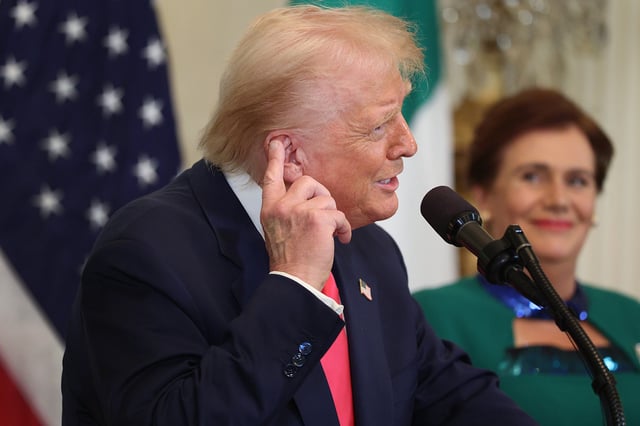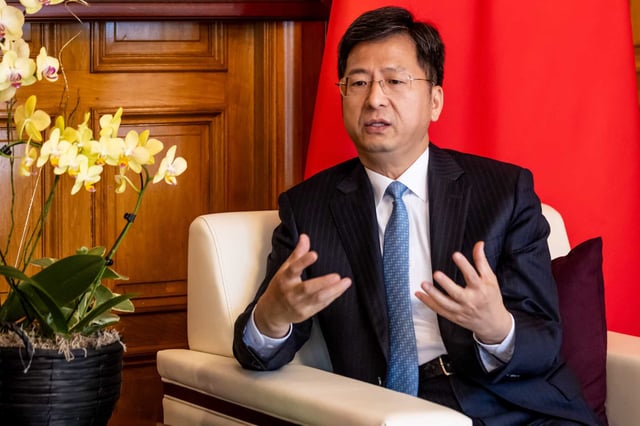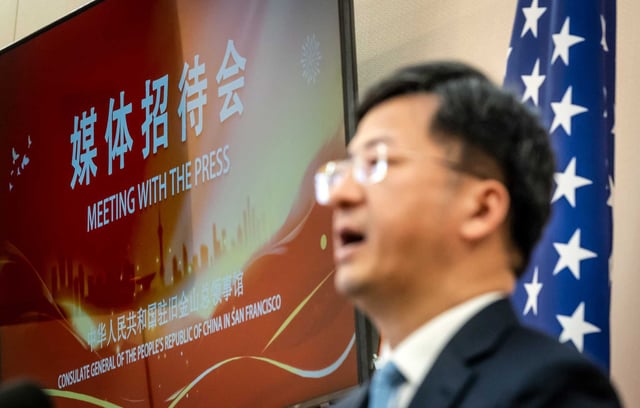Overview
- The Trump administration states that tariffs on Mexico and Canada are intended to pressure these countries to help combat fentanyl smuggling into the U.S.
- Critics argue that most fentanyl trafficking occurs through legal border crossings by U.S. citizens, making tariffs ineffective in addressing the crisis.
- Tariffs on China are aimed at regulating the export of fentanyl precursors, but small-scale shipments often bypass tariff impacts, limiting their effectiveness.
- Economic experts warn that the tariffs could increase costs for American consumers and businesses, further straining the economy and eroding purchasing power.
- While some progress was made with China in 2019 to restrict fentanyl exports, experts suggest broader negotiations and enforcement are needed to address the issue more comprehensively.


